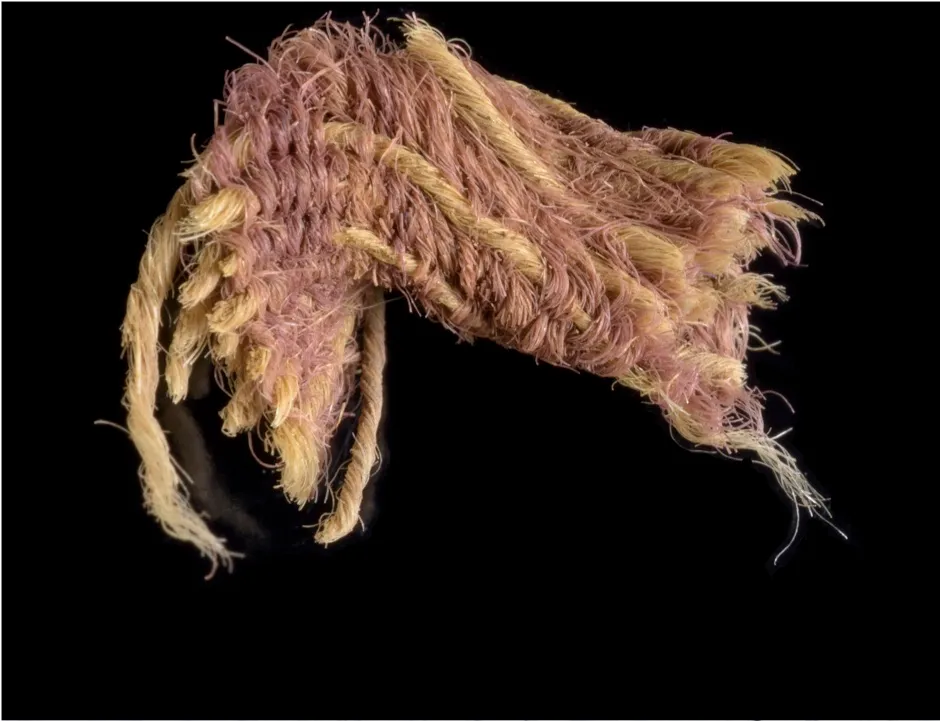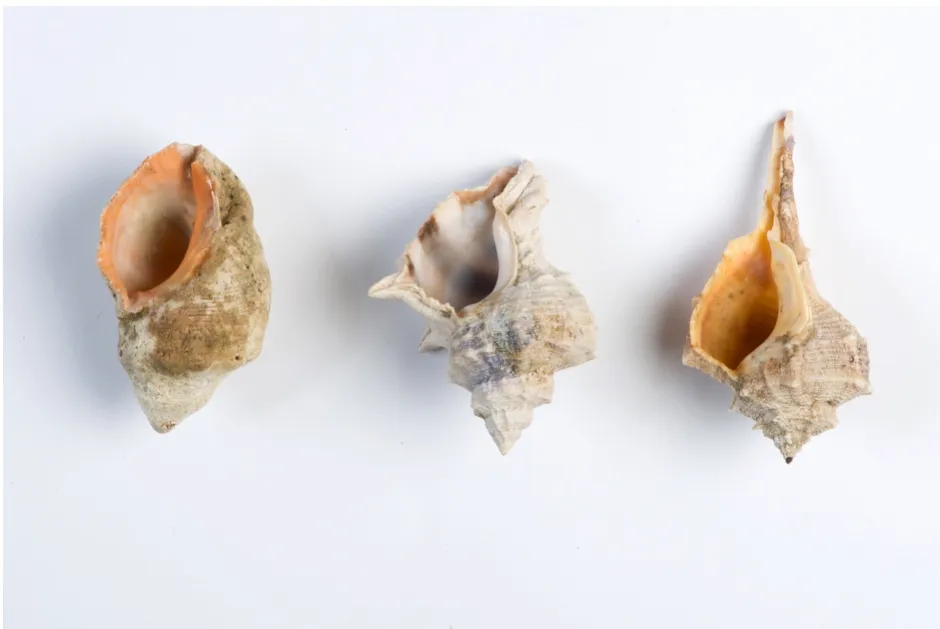Scientists have discovered rare evidence of fabric dyed with royal purple dating from the time of King David and King Solomon.
While examining coloured textiles from Timna Valley – an ancient copper production district in southern Israel – researchers were surprised to find remnants of woven fabric, a tassel and fibres of wool dyed with royal purple.Radiocarbon dating confirmed the samples date from approximately 1000 BC, corresponding to the biblical monarchies of David and Solomon in Jerusalem.
The dye is mentioned in the Bible and appears in various Jewish and Christian contexts, and researchers say this is the first time that purple-dyed Iron Age textiles have been found in Israel, or indeed throughout the Southern Levant. (The Iron Age in the region ran from approximately 1200 to 586 BC.)

“This is a very exciting and important discovery.This is the first piece of textile ever found from the time of David and Solomon that is dyed with the prestigious purple dye.In antiquity, purple attire was associated with the nobility, with priests, and, of course, with royalty," saidDr Naama Sukenik, curator of organic finds at the Israel Antiquities Authority.
“The gorgeous shade of the purple, the fact that it does not fade and the difficulty in producing the dye, which is found in minute quantities in the body of molluscs, all made it the most highly valued of the dyes, which often cost more than gold.
"Until the current discovery, we had only encountered mollusc-shell waste and potsherds [fragments of ceramics] with patches of dye, which provided evidence of the purple industry in the Iron Age.Now, for the first time, we have direct evidence of the dyed fabrics themselves, preserved for some 3,000 years,” she added.

“Our archaeological expedition has been excavating continuously at Timna since 2013," said Prof Erez Ben-Yosef, from Tel Aviv University’s archaeology department.“As a result of the region’s extremely dry climate, we are also able to recover organic materials such as textile, cords and leather from the Iron Age, from the time of David and Solomon, providing us with a unique glimpse into life in biblical times.”
According to the paper, which was published in the journal PLOS One, the researchers were able to pinpoint the exact mollusc species used to create the purple dye: the banded dye-murex (Hexaplex trunculus), the spiny dye-murex (Bolinus brandaris) and the red-mouthed rock-shell (Stramonita haemastoma).The dye was extracted from a gland located within the body of the mollusc by means of a complex chemical process that lasted several days. The molluscs are found in the Mediterranean, more than 290km (180 miles) from the Timna Valley.

According to the researchers, Timna Valley was a production centre for copper, the Iron Age equivalent of modern-day oil.Copper smelting required advanced expert understanding that was a guarded secret, and those who held this knowledge were considered the high-tech experts of the time.
It was while carrying out excavations at a location called Slaves’ Hill, which is the largest copper-smelting site in the valley, that the researchers uncovered the three scraps of coloured cloth in a slag heap. At first, they found ithard to believe they had found true purple from such an ancient period.
“Archaeologists are looking for King David’s palace.However, David may not have expressed his wealth in splendid buildings, but with objects more suited to a nomadic heritage such as textiles and artefacts,” said Ben-Yosef.
Read more about archaeology:
